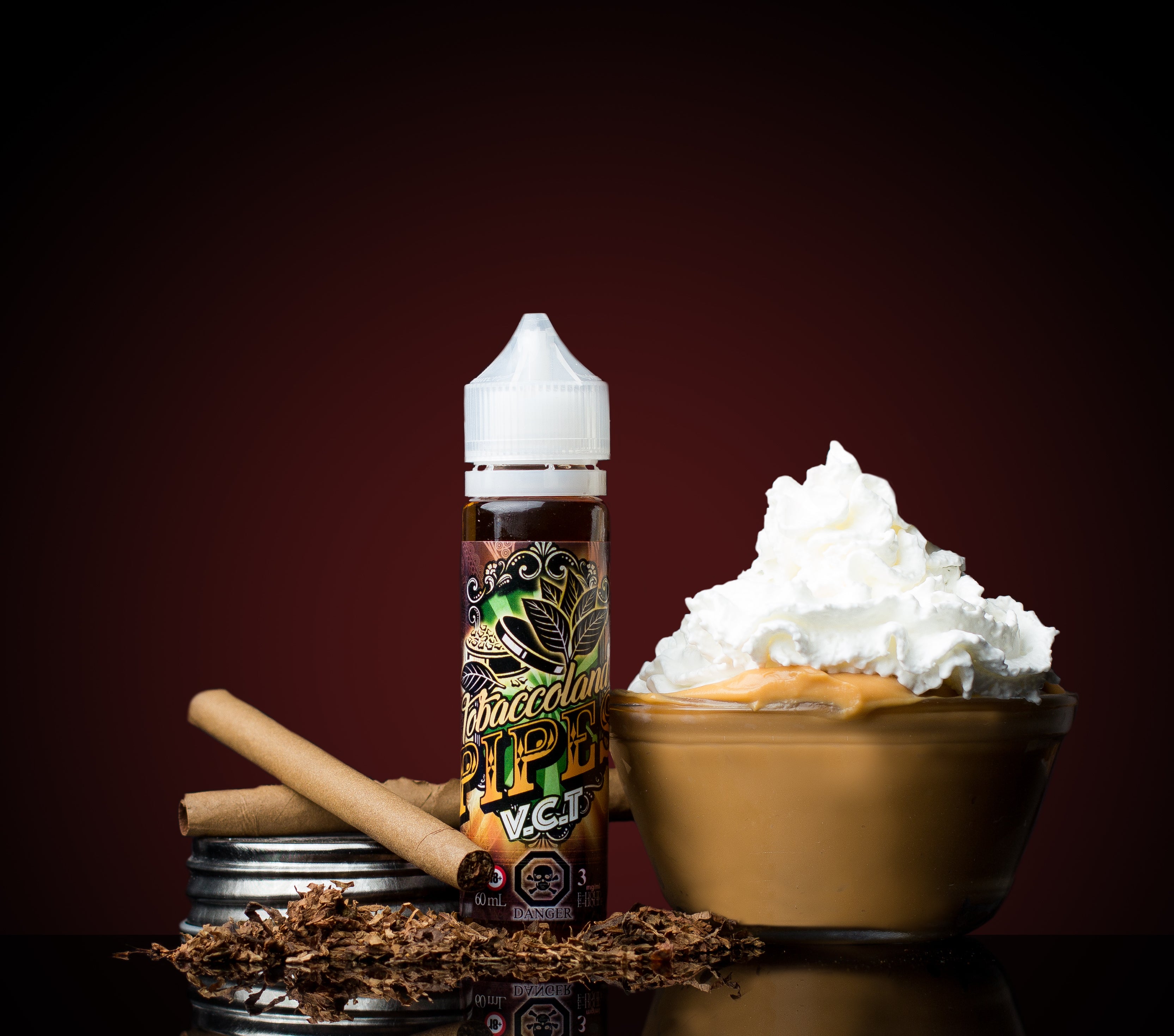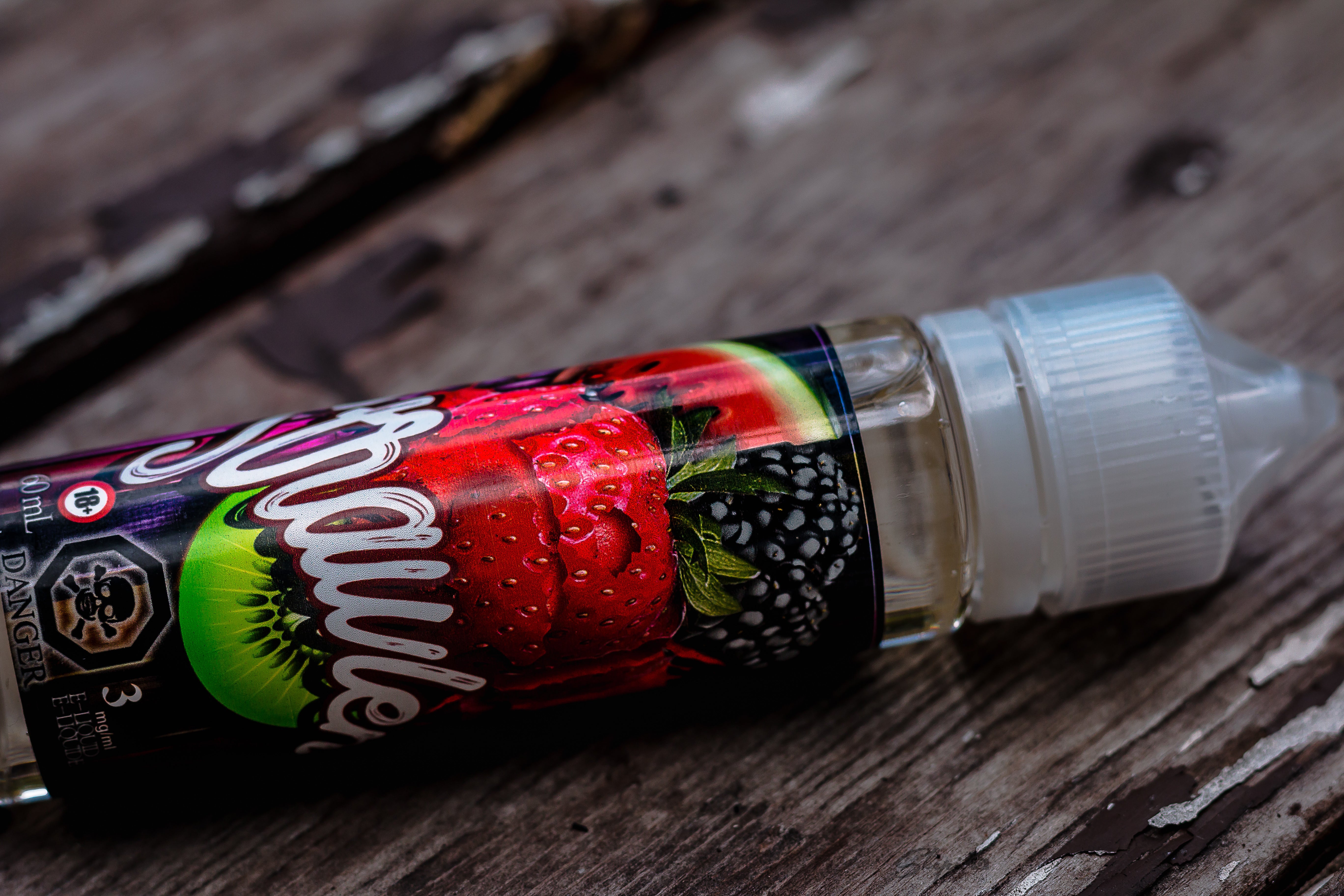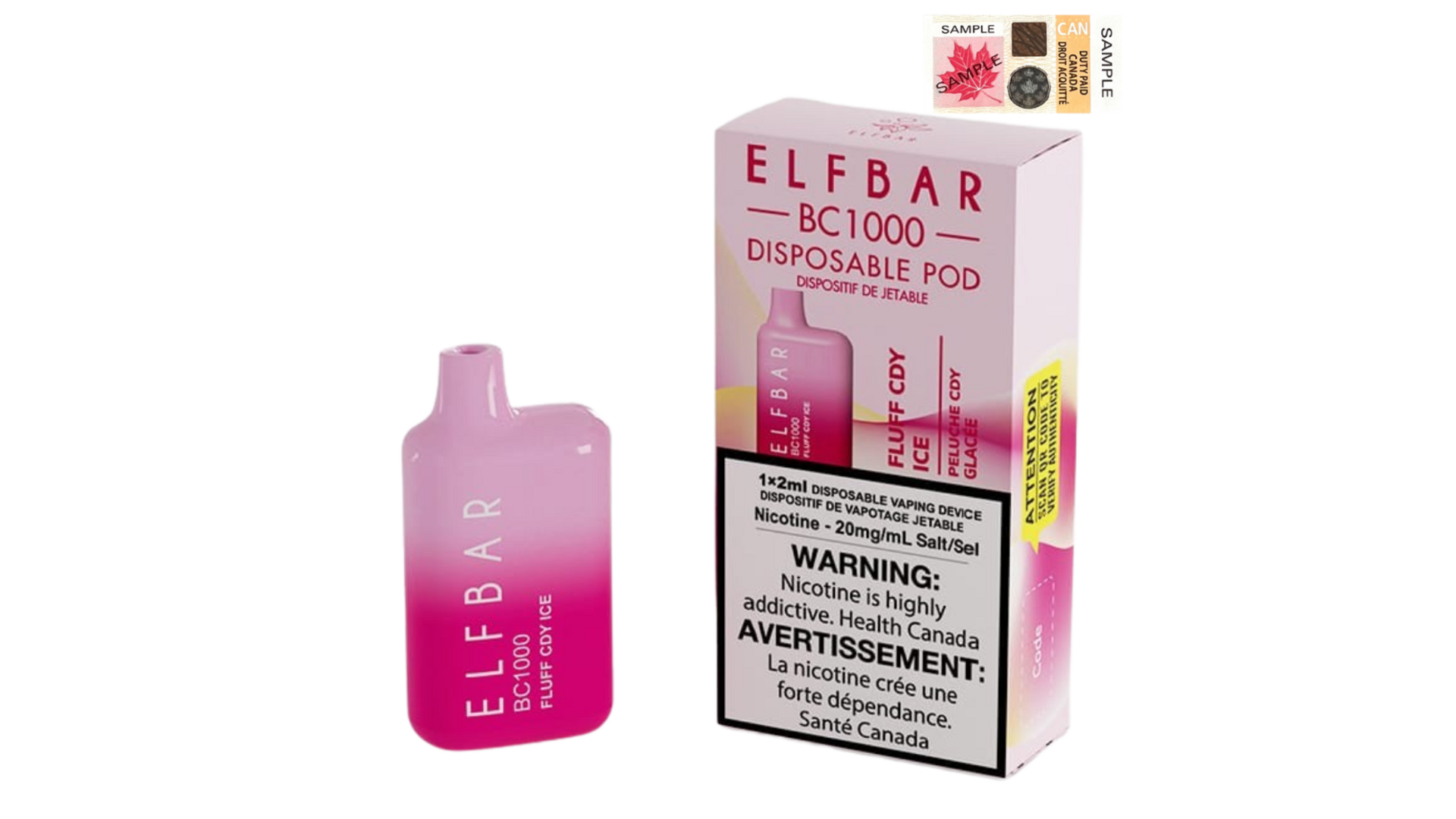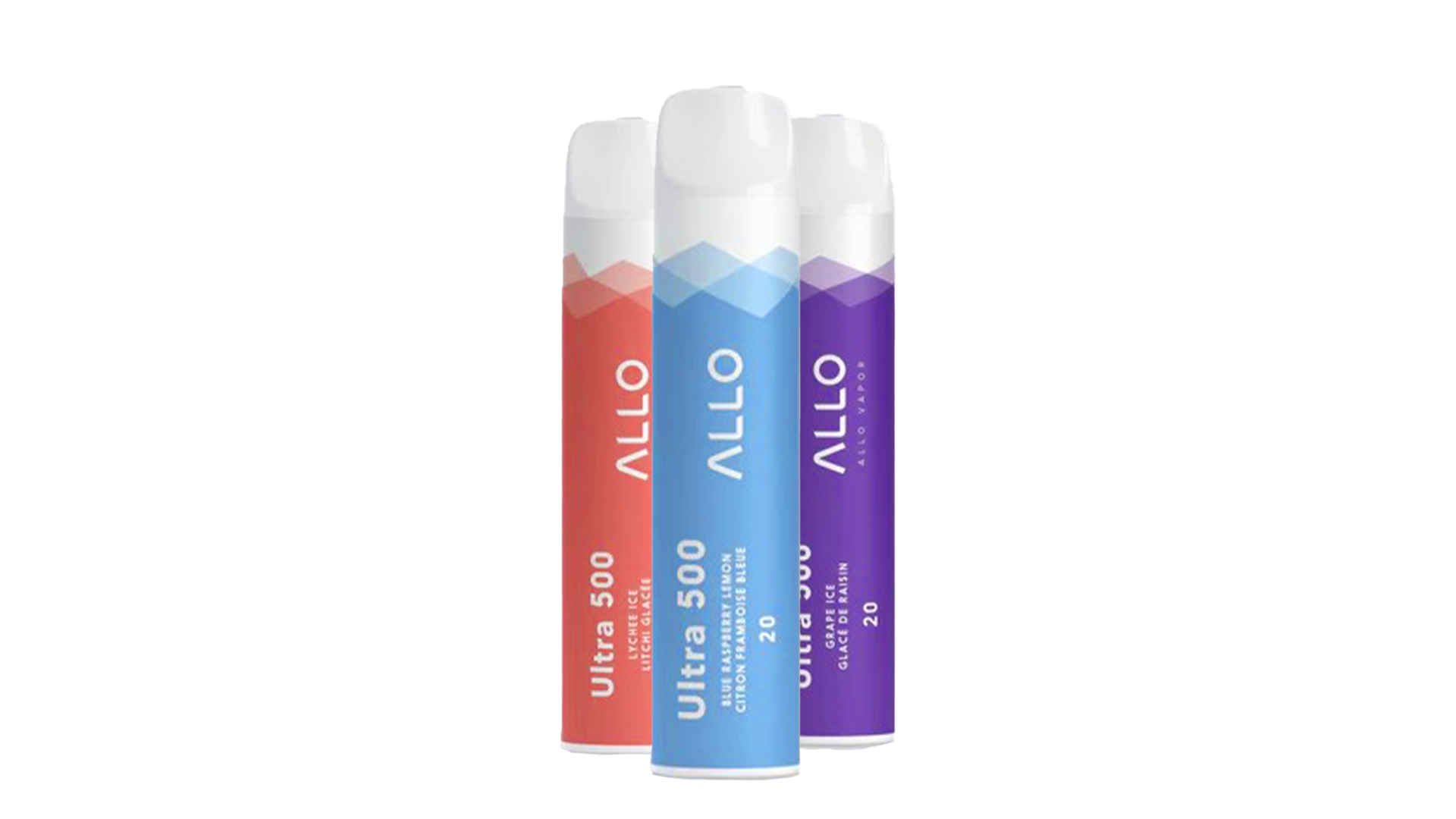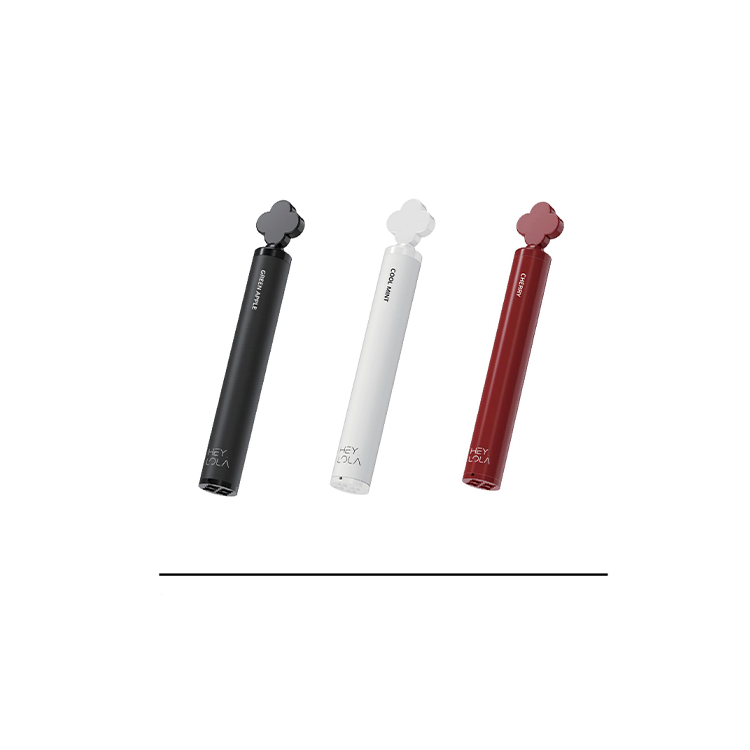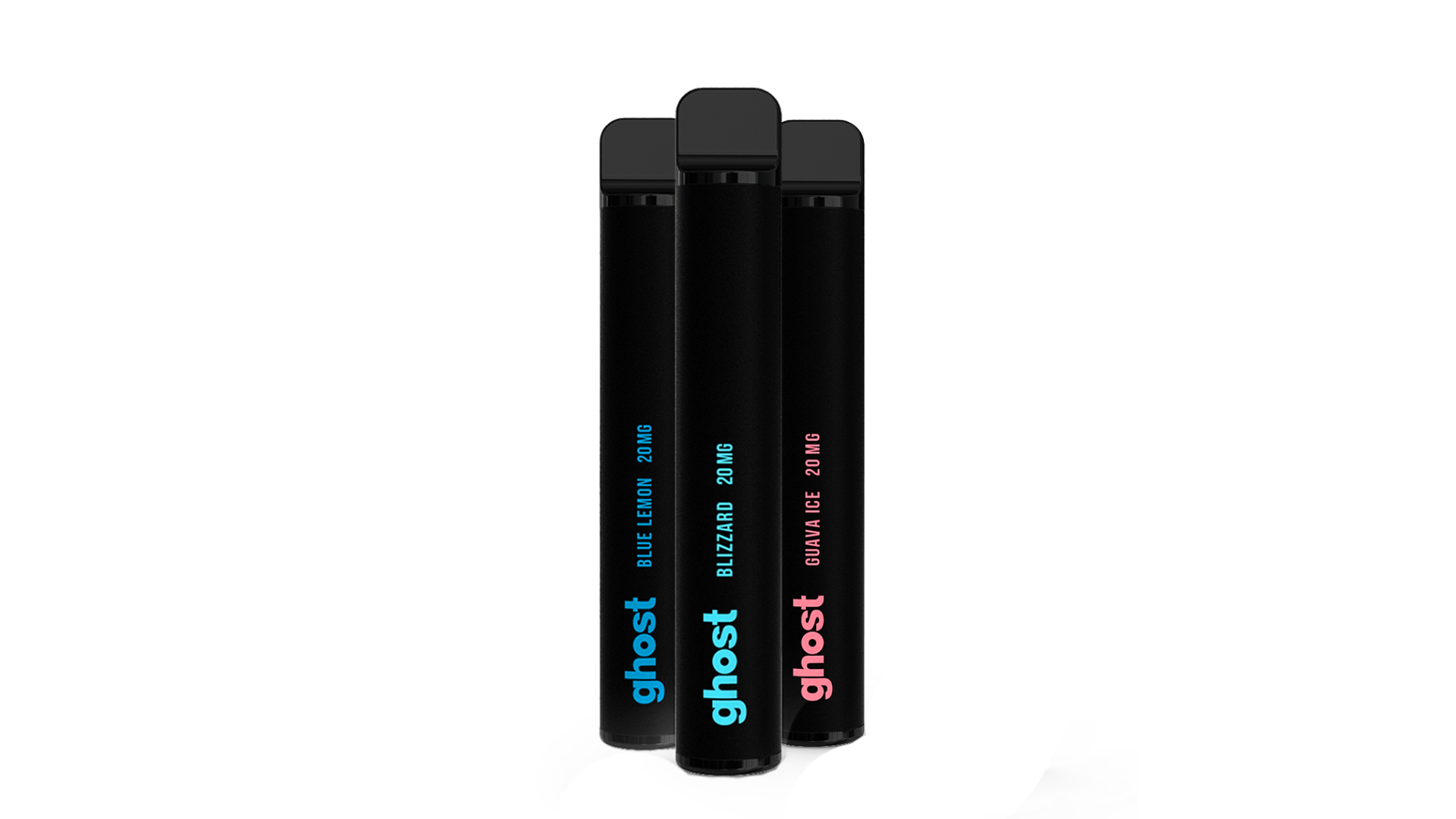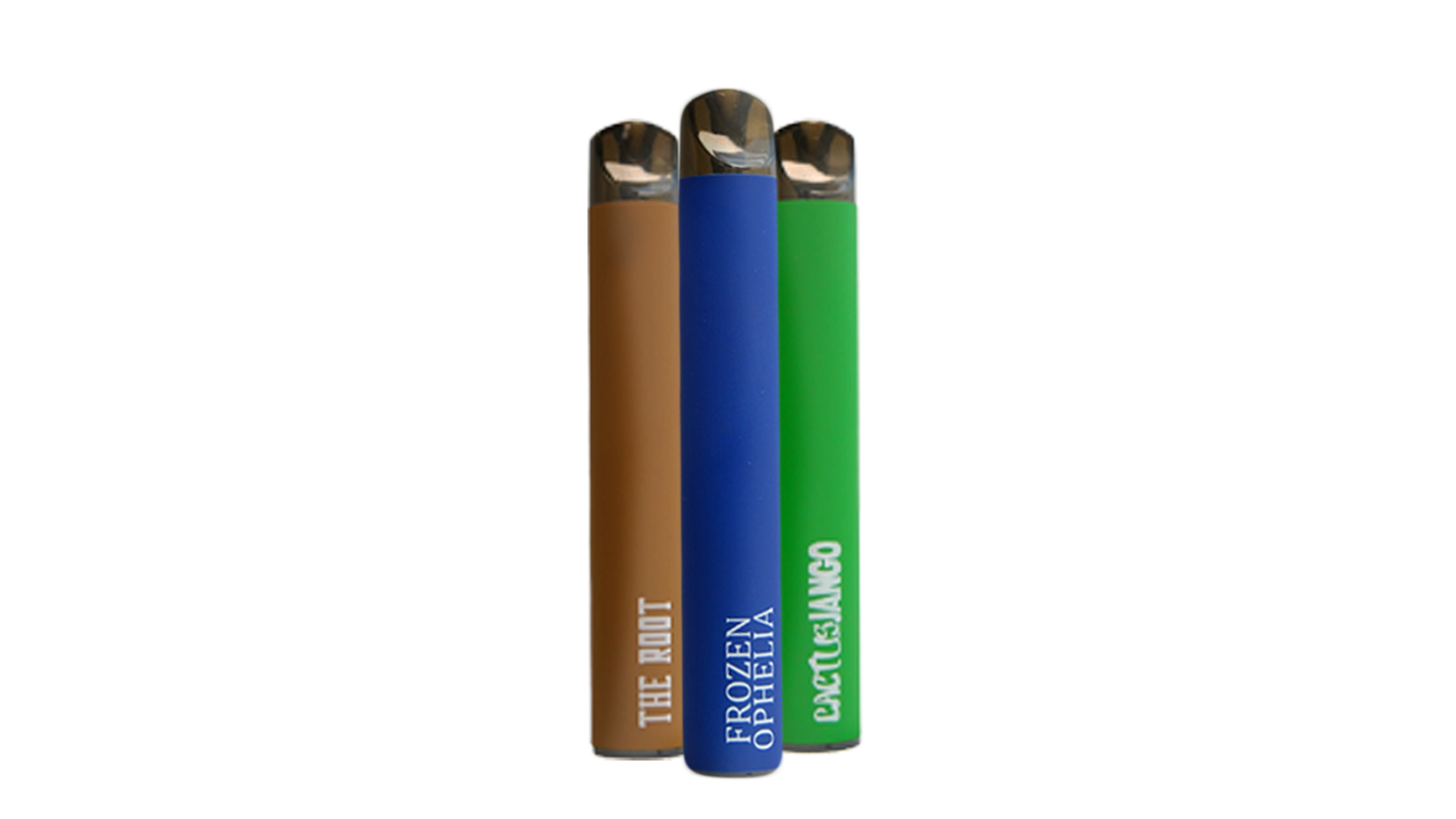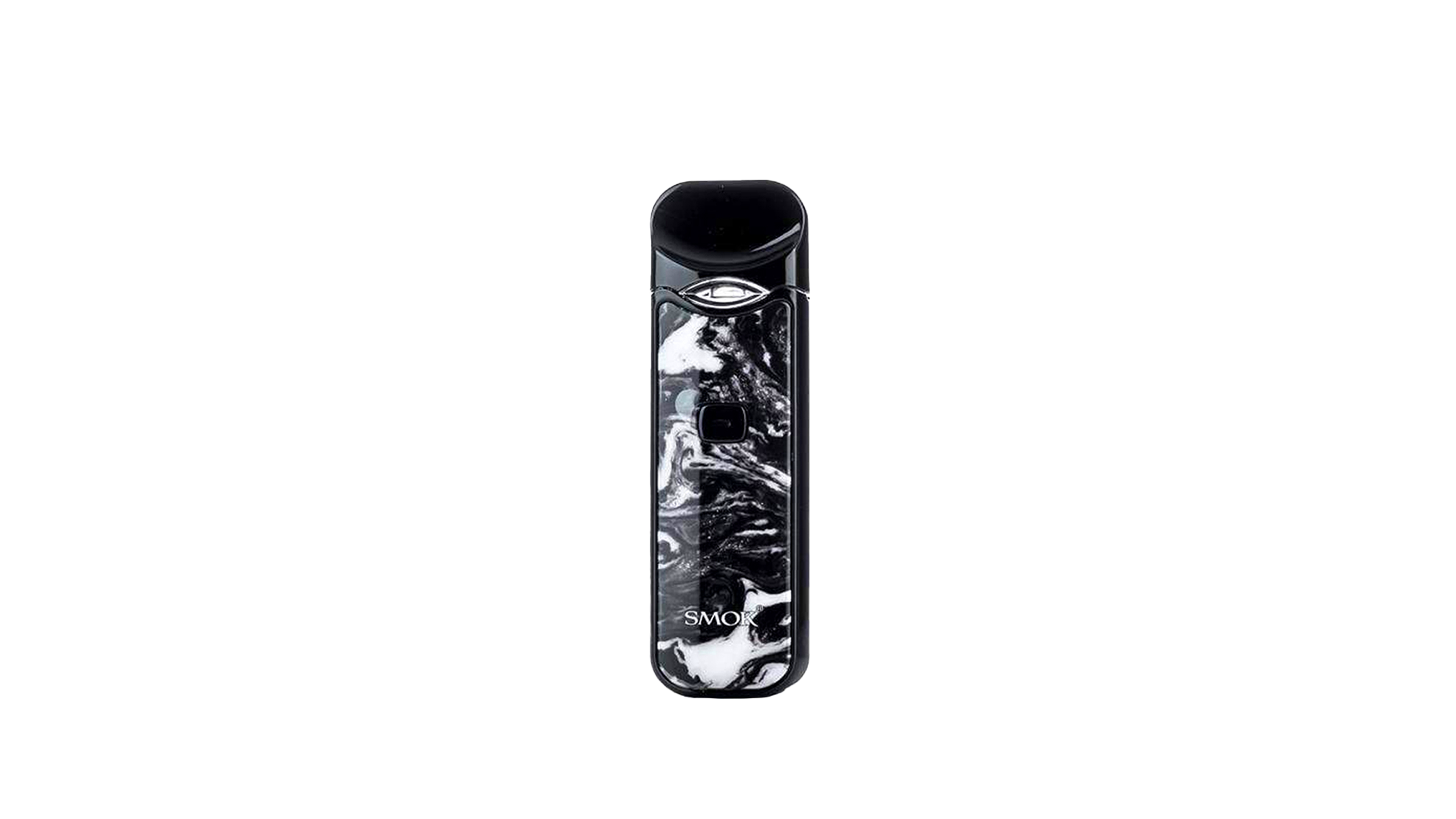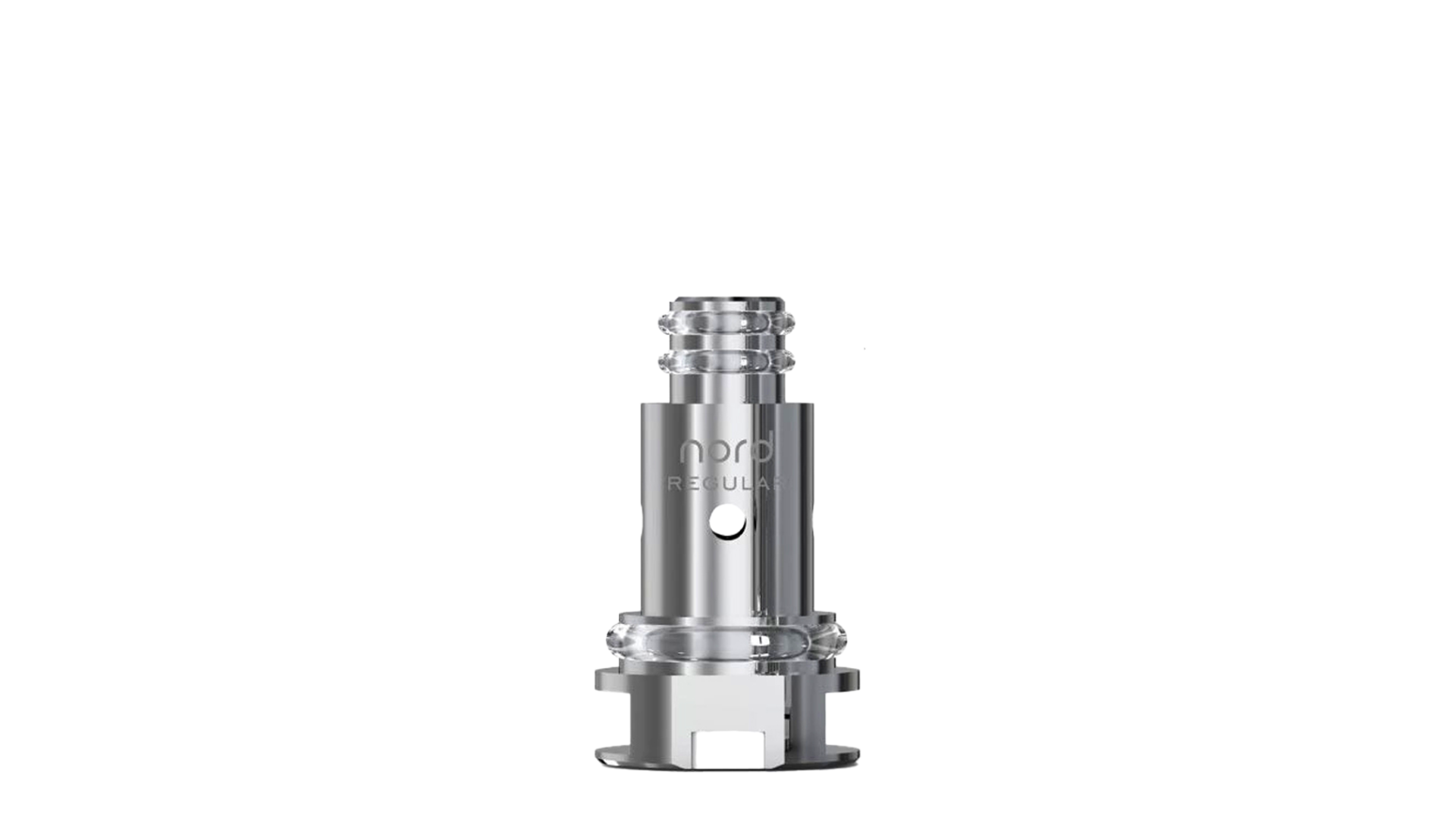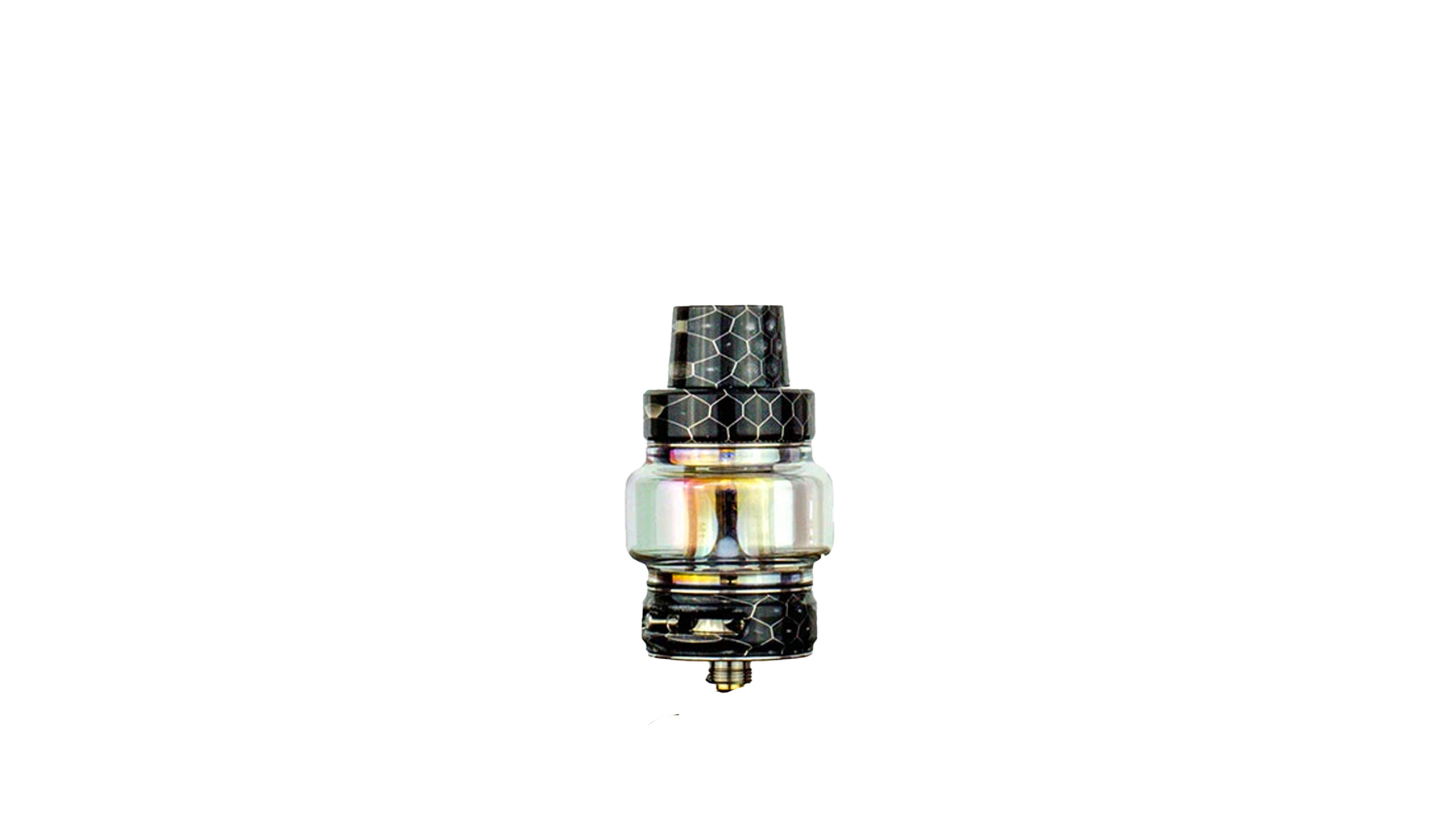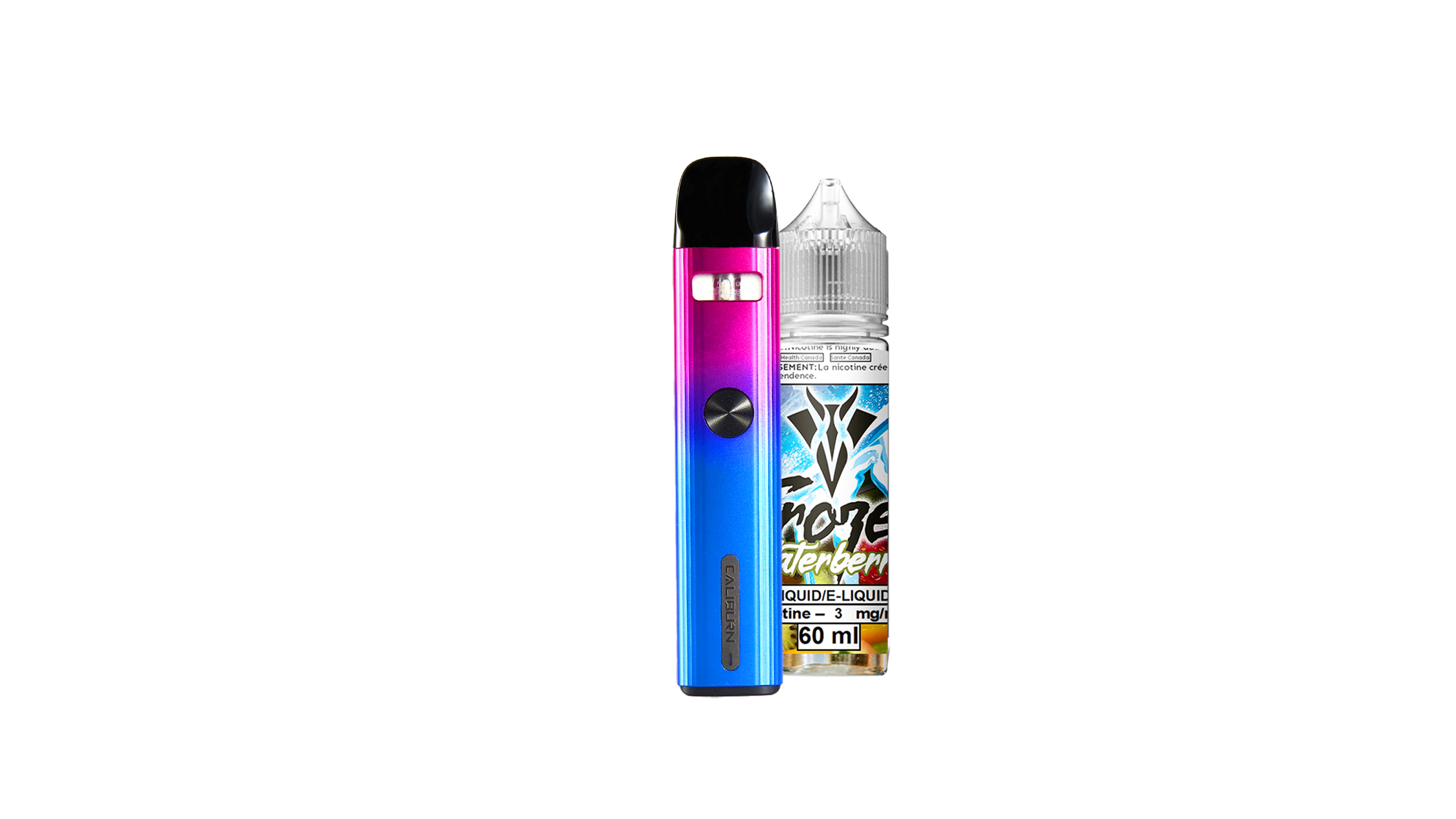South American Vape Legalization
Many countries in South America have been slow to react to the widespread adoption of vaping. When they finally did react, the results were heavy limitations on vaping if not outright outlawing. What all this means is that vaping regulations in South America are far from simple.
Policies range from none at all to a total ban on e-cigarettes, vaping devices and e-juices or even regulations reminiscent of the substance control laws that applied to cannabis in Canada until very recently. Substance control laws can be quite confusing as they state that it is illegal to buy or sell vape products, but you can own and use them. Strange hey?
Though attitudes towards vaping are starting to change in South America, many of the laws remain harsh. Despite these laws, vaping has become extremely popular across the continent. There is a big push for legalization occurring, and at VanGo we wouldn’t be surprised if vaping bans were lifted sooner rather than later. At least, we can hope!
That said, if you’re planning on traveling to a country in Latin America, make sure you do your research beforehand. It’s also a good idea to check with the locals before vaping, as many areas have both national and regional laws.
We did some research and came up with the following information on vaping laws in South America. Note that gathering accurate information about the laws in foreign countries can be challenging and local jurisdictions often impose their own regulations, so use this information as a general guide and not legal advice.
Vaping Legislation in South America
Argentina
Status: Banned
There is a ban on the sale, importation, distribution and advertising of vape products in Argentina. However, there’s nothing that says you can’t own a device. These laws are similar to how cannabis used to be regulated in Canada. You also can’t vape in any public places, so be careful if you’re bringing your vape to this country.
Bolivia
Status: Unclear
It’s extremely difficult to find information on whether vaping is allowed in Bolivia. It’s probable that Bolivia either has a ban or restrictive laws on the matter, so exercise caution if you are traveling to the area.
Brazil
Status: Banned
There is a total ban on vaping in Brazil. Technically, you can’t buy, sell or use e-cigarettes, vaping devices or e-liquid. In reality, there is a huge vaping subculture in the country. It may be illegal, but people love to vape and will travel to other countries to bring back vape products. There are even vape conferences and meet-ups albeit under the table. Because of the ban and the difficulty in acquiring branded e-juices and devices, there are a lot of imitation products on the market, so if you’re buying an e-liquid off the street, you can never be sure it’s the real thing.
Chile
Status: Legal
Chile is a little more progressive regarding vaping. In 2005, the country became a member of the WHO Framework Convention on Tobacco Control. What this means is vaping is treated much the same as smoking. You can’t vape indoors in public buildings unless given express permission.
Colombia
Status: Unclear
There was a total ban on vaping in Colombia, but it appears to be lifted. The country hosted the first Central and South American Vape Expo in 2017, so vaping seems to be legal. That said, the laws surrounding the practice are unclear. Some sources say that the sale, manufacture and advertising of vape products is illegal here, but the use is permitted, just not in public places. This law is similar to the substance control laws surrounding cannabis as well.
Ecuador
Status: Legal
Vaping is legal in Ecuador but is not allowed in public places. You can find vape shops in the capital, but they are hard to find in the rest of the country, so stock up if you’re planning on traveling around.
Paraguay
Status: Legal
Vaping appears to be allowed in Paraguay. It is treated much the same as smoking and is not allowed in public places.
Peru
Status: Unclear
It's difficult to find information on whether vaping is legal in Peru. Some sources report that there don’t see to be any regulations around vaping at all while others just say that vaping is legal. You can find several vape shops there, so it seems safe to say that you can vape in Peru!
Uruguay
Status: Banned
The importation, sale and advertising of vape products is explicitly banned in Uruguay by presidential decree. You definitely don’t want to be caught with an e-cigarette or vape device in this country.
Venezuela
Status: Unclear
There are strict laws around vaping in Venezuela, but it seems that you can buy and sell vape products here. Companies that want to sell here need to register as either a medicinal, consumer good or tobacco derivative. The process to register is extensive, and it sounds like nobody has done it yet. Likely, vapers rely on a black market to get their products in Venezuela.
Guyana
Status: Legal
There are no bans or regulations around vaping in Guyana. There are, however, prohibitions against transporting vape products in checked luggage when arriving or leaving the country. This is probably to prevent residents of surrounding countries where vaping is banned from getting their products here.
Suriname
Status: Banned
There is a total ban on vaping in Suriname. You can’t buy, sell or use vape products here.
French Guiana
Status: Unclear
The regulations surrounding vaping in French Guiana are unclear. We couldn’t find any information regarding the matter, but there is at least one online seller for the area.
Though there are some countries that still ban vaping, the overall landscape of the industry is changing rapidly in South America. There is a huge demand for vape products, and little by little, local governments are coming around. At VanGo, we’re looking forward to the day when vaping is legal everywhere, and the way things are going, that day could be right around the corner.
Tune into this week’s episode of VanGo After Dark for a more detailed discussion of substance control versus prohibition, and the international regulations surrounding vaping!





